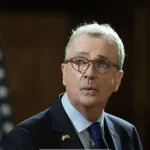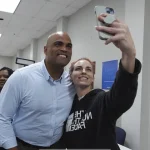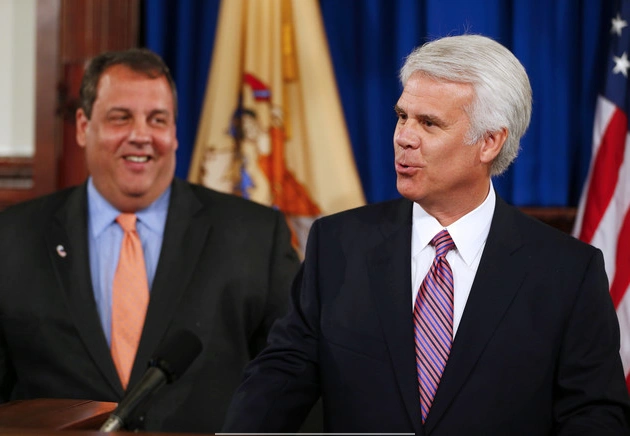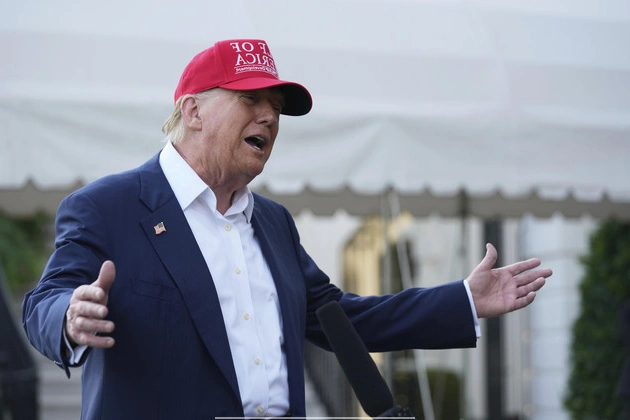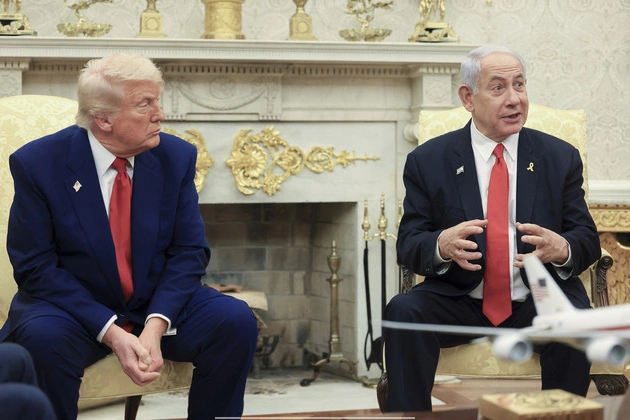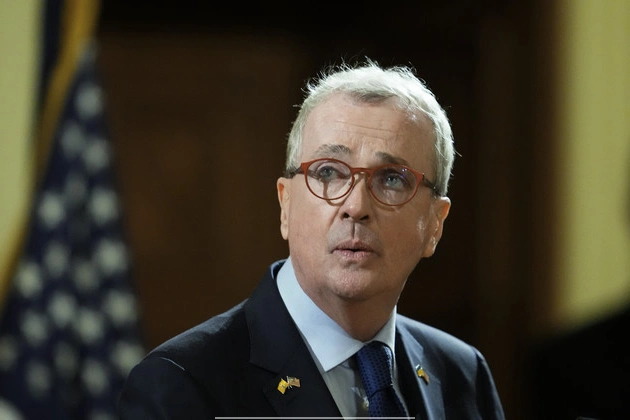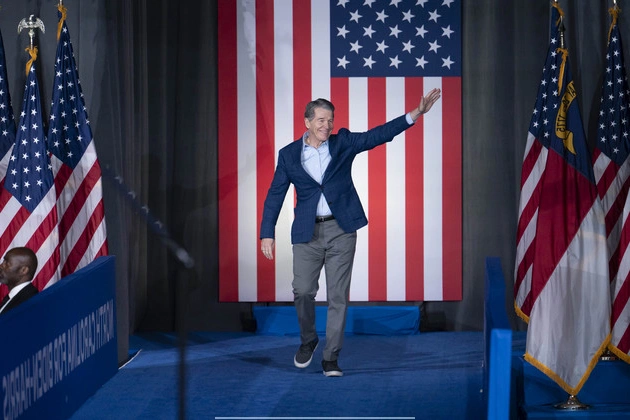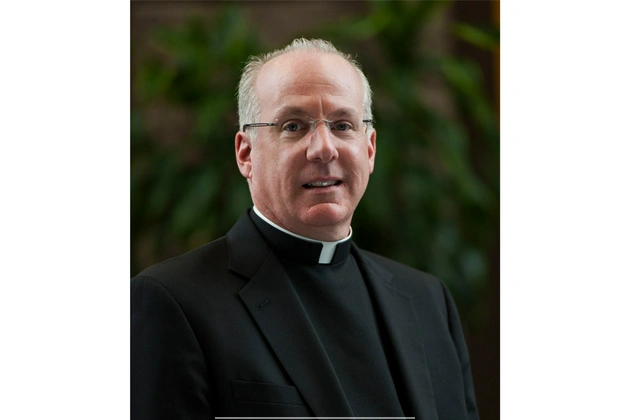
Addressing Title IX Violations at Seton Hall University: A Critical Review
Seton Hall University’s recent history has been marred by a revelation of Title IX violations involving Monsignor Joseph Reilly. The university’s internal documents, brought to light by a special task force in 2019, detailed the findings and recommendations against Reilly, who was found to have failed in reporting sexual misconduct allegations dating back to 2012.
Investigation Findings and Recommendations
While Reilly was not directly accused of abuse, the investigators highlighted his failure to adhere to the mandated reporting protocols regarding sexual misconduct. Despite acknowledging these findings, Reilly initially stepped down from a university committee but continued to oversee a seminary, ignoring recommendations for his resignation from that role as well.
Five years down the line, Seton Hall’s board made a controversial decision to appoint him as the university’s president, sparking public outcry and calls for his resignation from various quarters.
Public Backlash and Political Response
New Jersey Governor Phil Murphy and state lawmakers, alongside abuse advocates, have demanded transparency from the university and urged Reilly to step down. However, Seton Hall has stood by its decision, defending Reilly and citing misrepresentation in media reports.
The task force’s correspondence shed light on the university’s handling of the situation, revealing lapses in following established policies and addressing incidents of sexual harassment inadequately.
Legal Review and Action Plan
The university’s response included hiring external counsel to review the actions of individuals involved in the scandal, leading to the adoption of a Responsive Action Plan. This plan outlined repercussions for employees or board members failing to report sexual misconduct as per university policies.
Reilly’s past association with Cardinal Theodore McCarrick, coupled with his role as a seminary leader, came under scrutiny, leading to his removal from certain positions within the university.
Reilly’s Conduct and Accountability
Investigations revealed instances where Reilly overlooked complaints of sexual assault and harassment, failing to adhere to Title IX guidelines. Despite being aware of allegations, his actions were deemed insufficient, warranting his removal from leadership roles.
The university’s efforts to address the misconduct and improve its response to such incidents were highlighted in internal communications, emphasizing the need for adherence to anti-discrimination policies and guidelines for handling complaints.
Support and Controversy
While some members of the university’s governing board supported Reilly’s leadership, others questioned the decision in light of the investigation’s findings. The ongoing debate underscores the complexities of addressing misconduct within academic institutions and the challenges of upholding ethical standards.


